Home>Articles>Change Your Ceiling Fan Direction For Summer For A Cooler Home
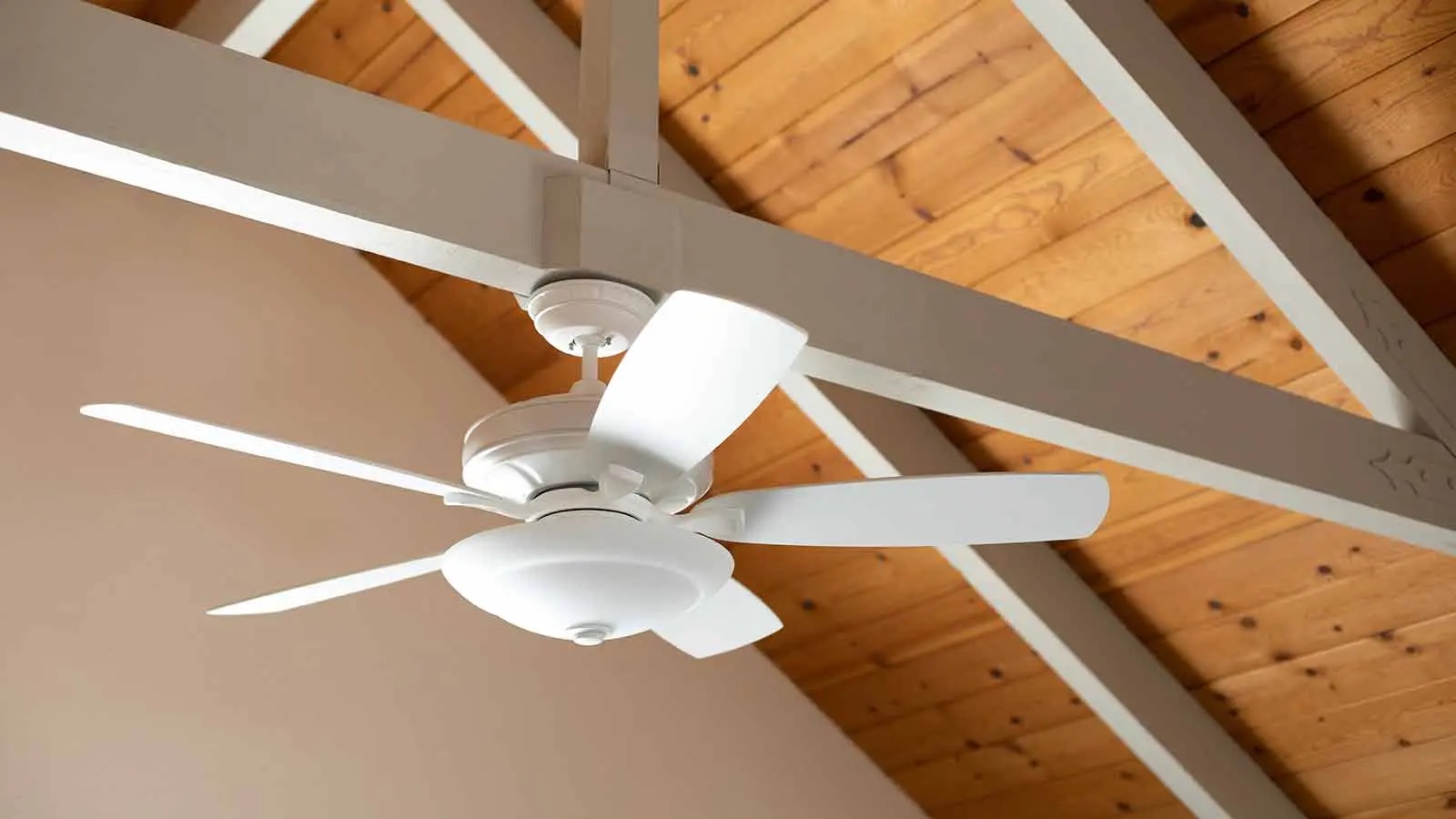

Articles
Change Your Ceiling Fan Direction For Summer For A Cooler Home
Modified: April 23, 2024
Discover the best articles on how to change your ceiling fan direction for summer, ensuring a cooler and more comfortable home.
(Many of the links in this article redirect to a specific reviewed product. Your purchase of these products through affiliate links helps to generate commission for Storables.com, at no extra cost. Learn more)
Introduction
As the temperatures start to rise during the summer months, finding effective ways to keep our homes cool becomes a top priority. One simple and cost-effective solution is to change the direction of your ceiling fan. While most people associate ceiling fans with providing a cool breeze, many are unaware that they can actually help keep our homes even more comfortable by adjusting the direction of the fan blades.
In this article, we will explore the benefits of changing the ceiling fan direction for summer and how it can significantly improve air circulation and cooling efficiency. We will also walk you through the steps to change the fan direction correctly, ensuring you get the maximum benefits from your ceiling fan.
So, if you are tired of feeling hot and stuffy in your home during the summer months, read on to learn how a simple adjustment to your ceiling fan direction can make a world of difference.
Key Takeaways:
- Change your ceiling fan direction to counterclockwise in summer for improved air circulation, energy efficiency, and targeted cooling in specific areas, creating a more comfortable living environment while reducing energy costs.
- Maximize cooling efficiency by adjusting fan speed, utilizing ceiling fan and AC combination, keeping doors and windows closed, considering fan direction for each room, and maintaining and cleaning your ceiling fan for optimal performance.
Read more: How To Change Ceiling Fan Direction
Benefits of Changing Ceiling Fan Direction for Summer
When it comes to staying comfortable during the scorching summer days, your ceiling fan can be a valuable tool. By changing the direction of the fan blades, you can enhance the cooling effect in your home and enjoy several benefits. Let’s explore some of the advantages of changing the ceiling fan direction for summer:
- Improved Air Circulation: One of the primary benefits of changing your ceiling fan direction in the summer is improved air circulation. By setting the fan to rotate counterclockwise, the blades will push air downwards, creating a gentle breeze. This circulation helps to evaporate the moisture on your skin, providing a cooling effect and reducing the feeling of stuffiness in the room.
- Increased Energy Efficiency: By using your ceiling fan in conjunction with your air conditioner, you can significantly increase energy efficiency. The fan’s breeze creates a wind-chill effect, allowing you to set your thermostat a few degrees higher without sacrificing comfort. This can lead to energy savings in the long run as your air conditioner will run less frequently.
- Reduced Energy Costs: As mentioned earlier, the energy savings achieved by using your ceiling fan efficiently can translate into reduced energy costs. Running a ceiling fan consumes significantly less power compared to an air conditioner, especially when used in combination. Lowering your energy consumption not only benefits your wallet but also helps to reduce your carbon footprint.
- Enhanced Cooling in Specific Areas: Ceiling fans are versatile in their ability to cool specific areas of your home. By adjusting the direction of your ceiling fan, you can ensure that the airflow is directed where it is needed most. This targeted cooling is particularly beneficial in rooms with high ceilings or areas that tend to get hotter than others.
- Improved Allergen Circulation: A properly functioning ceiling fan can aid in the circulation of air and help reduce the accumulation of allergens in your home. By continuously moving the air, it prevents dust, pollen, and other airborne particles from settling. This can be especially beneficial for individuals who suffer from allergies or respiratory conditions.
By harnessing the benefits of your ceiling fan and optimizing its performance for the summer season, you can create a more comfortable living environment while also saving on energy costs. Now that we understand the advantages, let’s move on to how ceiling fan direction affects air circulation.
How Ceiling Fan Direction Affects Air Circulation
The direction in which your ceiling fan rotates plays a crucial role in determining the air circulation and cooling effect in your home. Understanding how this works can help you make the necessary adjustments for optimal comfort. Let’s delve into the science behind it:
Clockwise Direction: In the winter months, setting your ceiling fan to rotate in a clockwise direction is recommended. This direction pulls air up towards the ceiling, creating an updraft that helps to distribute heat from the central heating system throughout the room. This helps to keep the room warm and prevents the warm air from accumulating near the ceiling.
Counterclockwise Direction: In the summer months, the fan direction should be set to rotate counterclockwise. This creates a downdraft that pushes air downwards. As the blades rotate in this direction, they create a cooling breeze by moving the air across your skin. The airflow promotes evaporation, making you feel cooler, even without lowering the room temperature.
It’s important to note that some ceiling fans are equipped with a reverse function, allowing you to change the direction easily. Others may require manually adjusting the fan blades to achieve the desired direction. Consult your fan’s instruction manual to determine the specific method for changing the direction.
Now that we understand how the direction of a ceiling fan affects air circulation, let’s move on to the steps involved in changing the fan direction for summer.
During the summer, set your ceiling fan to rotate counterclockwise to create a cool breeze. This will help lower the perceived temperature in your home and reduce the need for air conditioning.
Steps to Change Ceiling Fan Direction for Summer
Changing the direction of your ceiling fan for summer is a relatively simple process. Follow these steps to ensure that your fan is set to rotate counterclockwise, maximizing its cooling effect:
- Turn Off the Fan: Before attempting to change the direction of the fan, make sure it is turned off. This will prevent any accidents or injuries during the process.
- Locate the Fan Direction Switch: Look for a small switch on the motor housing of the fan. It is usually located near the center or base of the fan. The switch may be labeled with icons or text indicating the different directions, such as “Summer” or “Winter”.
- Flip the Switch: Using a steady hand, gently flip the switch in the opposite direction. For summer, this means setting the switch to rotate counterclockwise. You may need to use a step stool or ladder to reach the switch, depending on the height of your ceiling.
- Double-Check the Direction: After flipping the switch, turn the fan on and observe the direction of the blades. Ensure that they are moving in a counterclockwise direction. If the fan is still rotating clockwise, turn it off and repeat the process of flipping the switch.
- Test the Airflow: Once you have confirmed that the fan is rotating counterclockwise, stand beneath it and feel the airflow. You should experience a cooling breeze blowing downwards, indicating that the fan is set correctly for summer.
It is important to note that the steps above are general guidelines. Your specific ceiling fan model may have slight variations in the process, so always refer to the manufacturer’s instructions for the most accurate guidance.
Now that you have successfully changed the direction of your ceiling fan for summer, let’s explore some additional tips to maximize cooling efficiency.
Additional Tips for Maximizing Cooling Efficiency
Changing the direction of your ceiling fan is just one step towards achieving a cooler and more comfortable home during the summer. To further enhance the cooling efficiency and maximize the benefits of your fan, consider implementing the following tips:
- Adjust the Ceiling Fan Speed: Most ceiling fans have multiple speed settings. Experiment with different speeds to find the optimal balance between air circulation and noise level. In general, a higher speed setting will create a stronger breeze, while a lower speed setting will provide a more gentle airflow.
- Utilize Ceiling Fan and AC Combination: To achieve the best results, use your ceiling fan in conjunction with your air conditioner. By setting the fan to rotate counterclockwise, you can raise the thermostat a few degrees without sacrificing comfort. This can significantly reduce your energy consumption and lower your cooling costs.
- Keep Doors and Windows Closed: While a ceiling fan can effectively circulate air, it’s important to keep the doors and windows closed when the fan is in use. This prevents hot air from entering the room and allows the fan’s breeze to cool the space more efficiently.
- Consider Ceiling Fan Direction for Each Room: If you have multiple ceiling fans in your home, adjust the direction of each fan according to the specific needs of the room. Rooms that receive direct sunlight or have high ceilings may require a stronger airflow, while smaller rooms may benefit from a gentler breeze.
- Maintain and Clean Your Ceiling Fan: Regularly clean your ceiling fan to ensure optimal performance. Dust and debris can accumulate on the blades and hinder airflow. Use a soft cloth or damp rag to wipe down the blades and remove any dirt or dust particles. Additionally, check and tighten any loose screws or connections to prevent noise and vibration during operation.
By following these additional tips, you can maximize the cooling efficiency of your ceiling fan and create a more comfortable living space during the summer months.
Now that you are equipped with the knowledge of changing the ceiling fan direction and optimizing its performance, you can enjoy a cooler home while saving on energy costs. Let’s wrap up this article.
Conclusion
Changing the direction of your ceiling fan for summer can have a significant impact on the comfort and cooling efficiency of your home. By setting the fan to rotate counterclockwise, you can enhance air circulation, create a refreshing breeze, and lessen the reliance on your air conditioner. This simple adjustment can lead to improved energy efficiency, reduced energy costs, and a more comfortable living environment.
Throughout this article, we have discussed the benefits of changing the ceiling fan direction for summer, how it affects air circulation, and the steps to change the direction correctly. We have also provided additional tips to maximize cooling efficiency, such as adjusting the fan speed and utilizing the fan in tandem with your air conditioner.
Remember, a well-maintained ceiling fan can be an invaluable asset in keeping your home cool and comfortable. Regularly clean and maintain the fan to ensure optimal performance and longevity.
Now that you have the knowledge and tools to optimize your ceiling fan for summer, take advantage of this simple yet effective cooling solution. Enjoy the benefits of a cooler home while saving on energy costs and reducing your environmental impact.
Stay cool, and may your summer be filled with refreshing breezes!
Frequently Asked Questions about Change Your Ceiling Fan Direction For Summer For A Cooler Home
Was this page helpful?
At Storables.com, we guarantee accurate and reliable information. Our content, validated by Expert Board Contributors, is crafted following stringent Editorial Policies. We're committed to providing you with well-researched, expert-backed insights for all your informational needs.
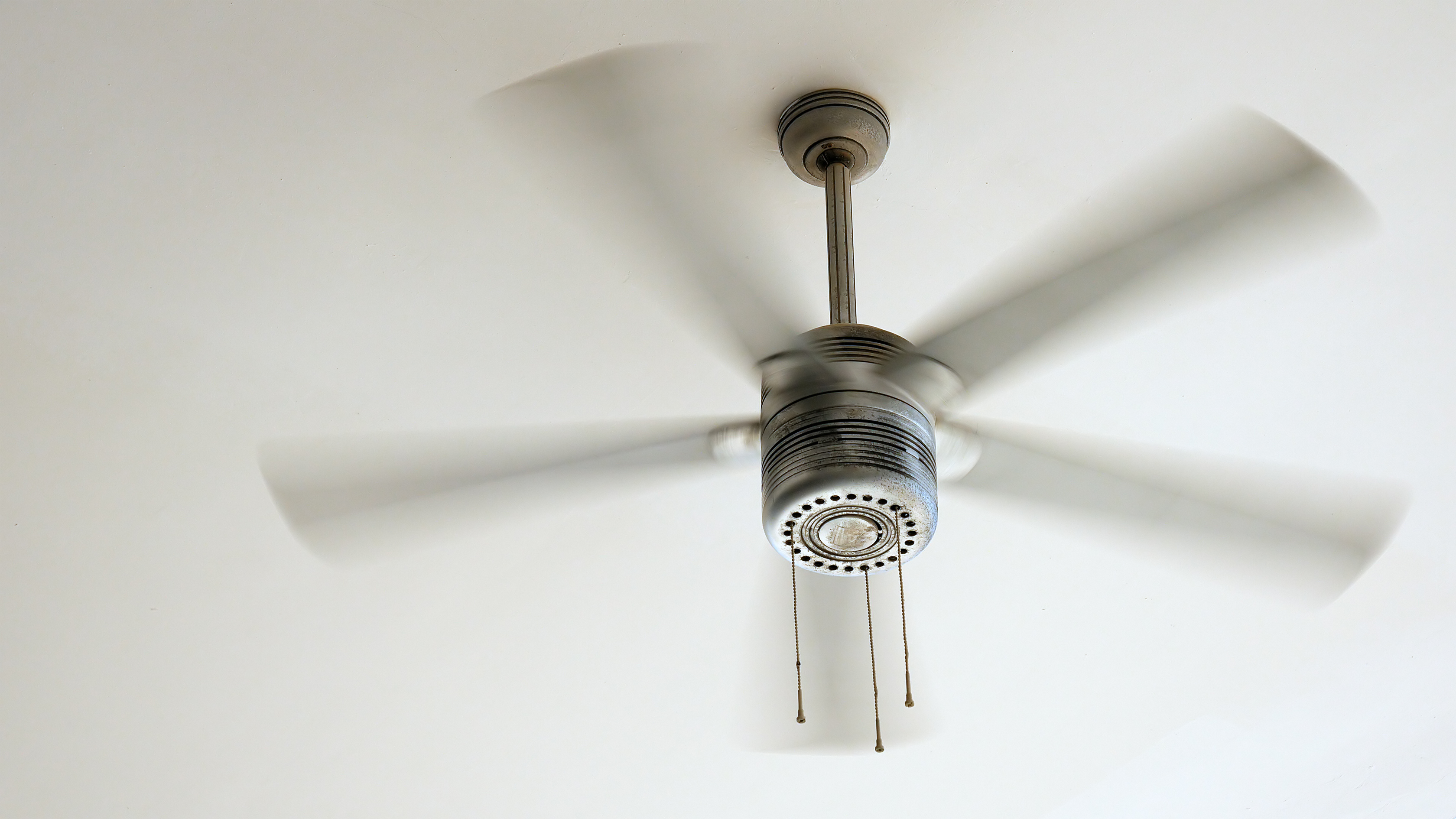
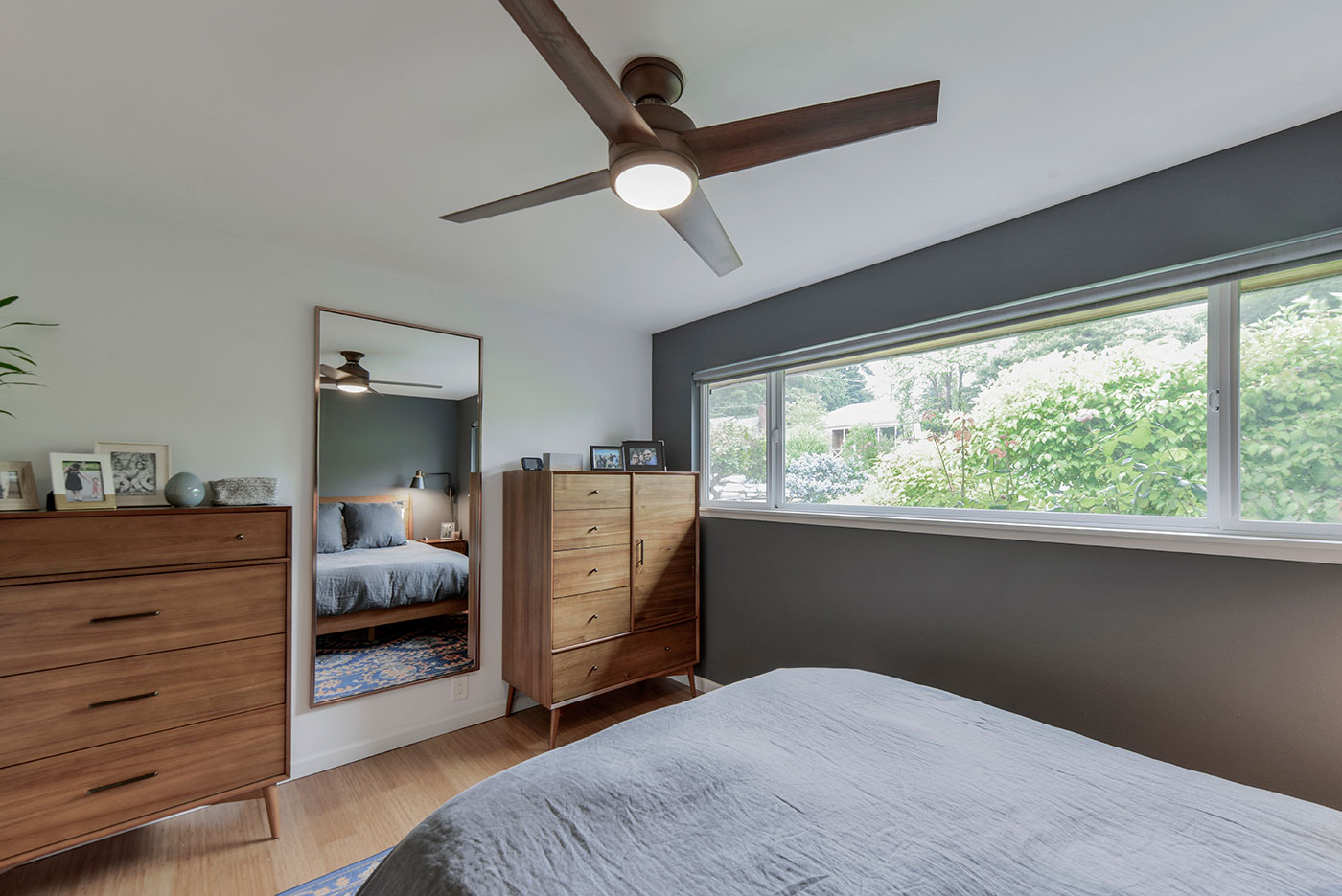
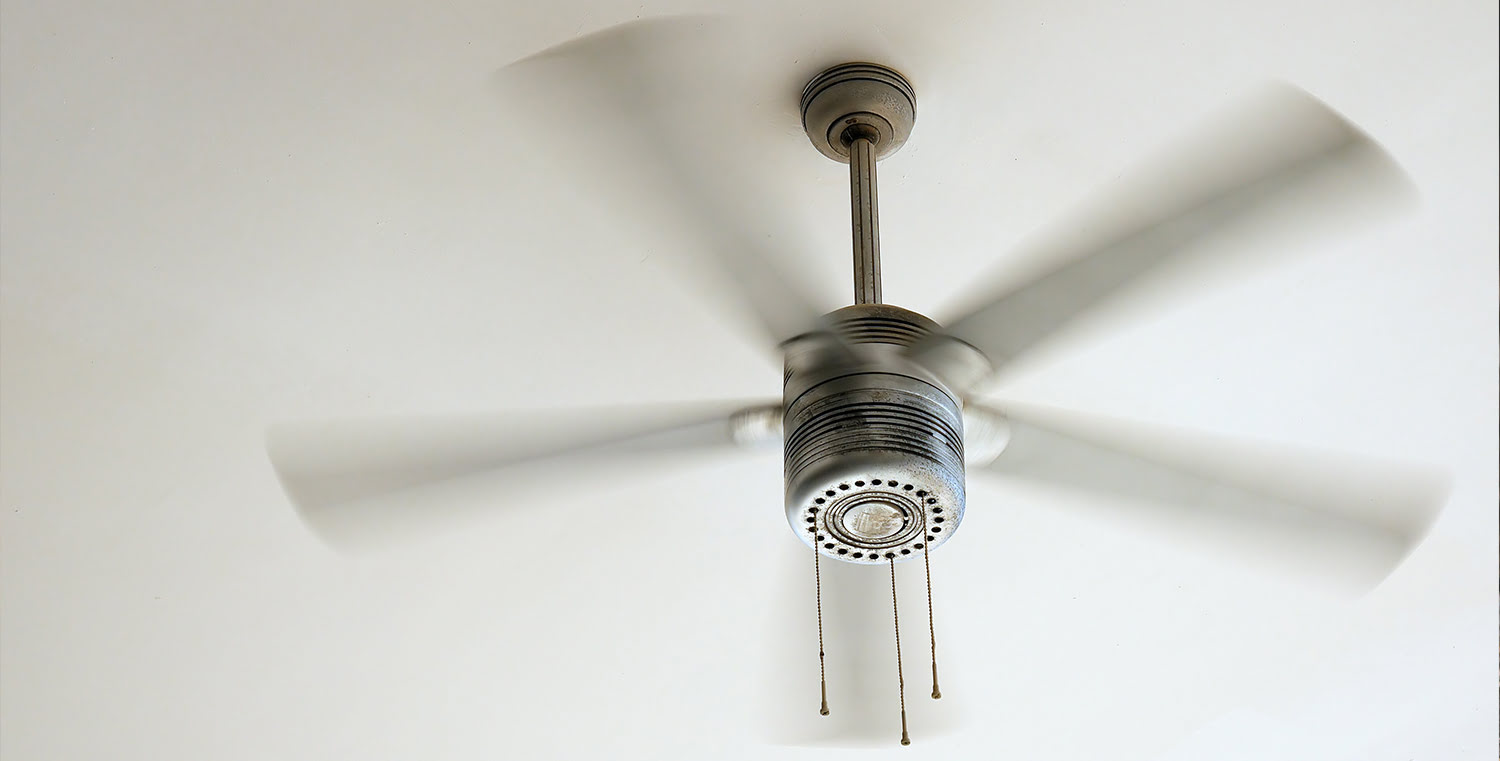
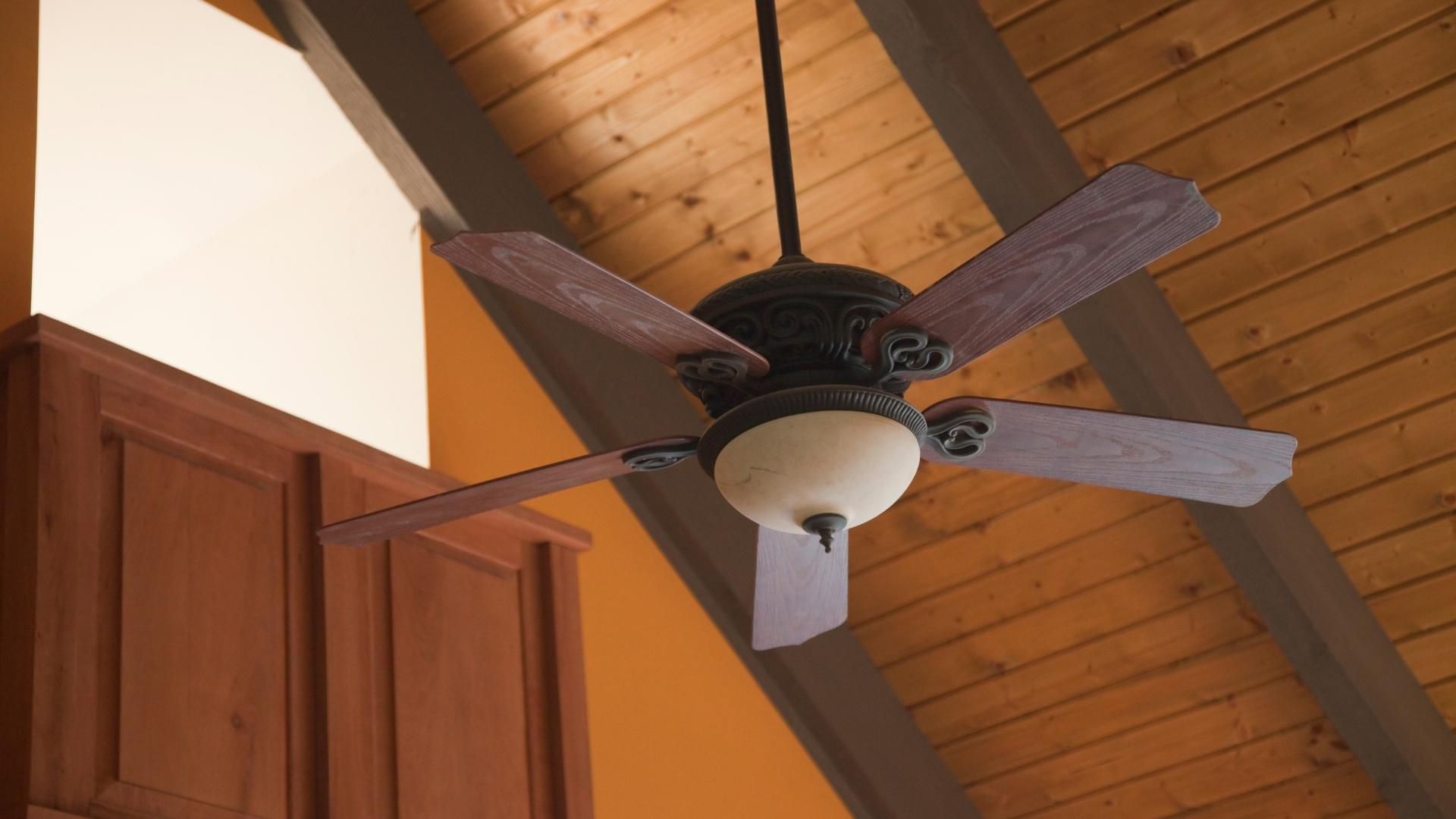
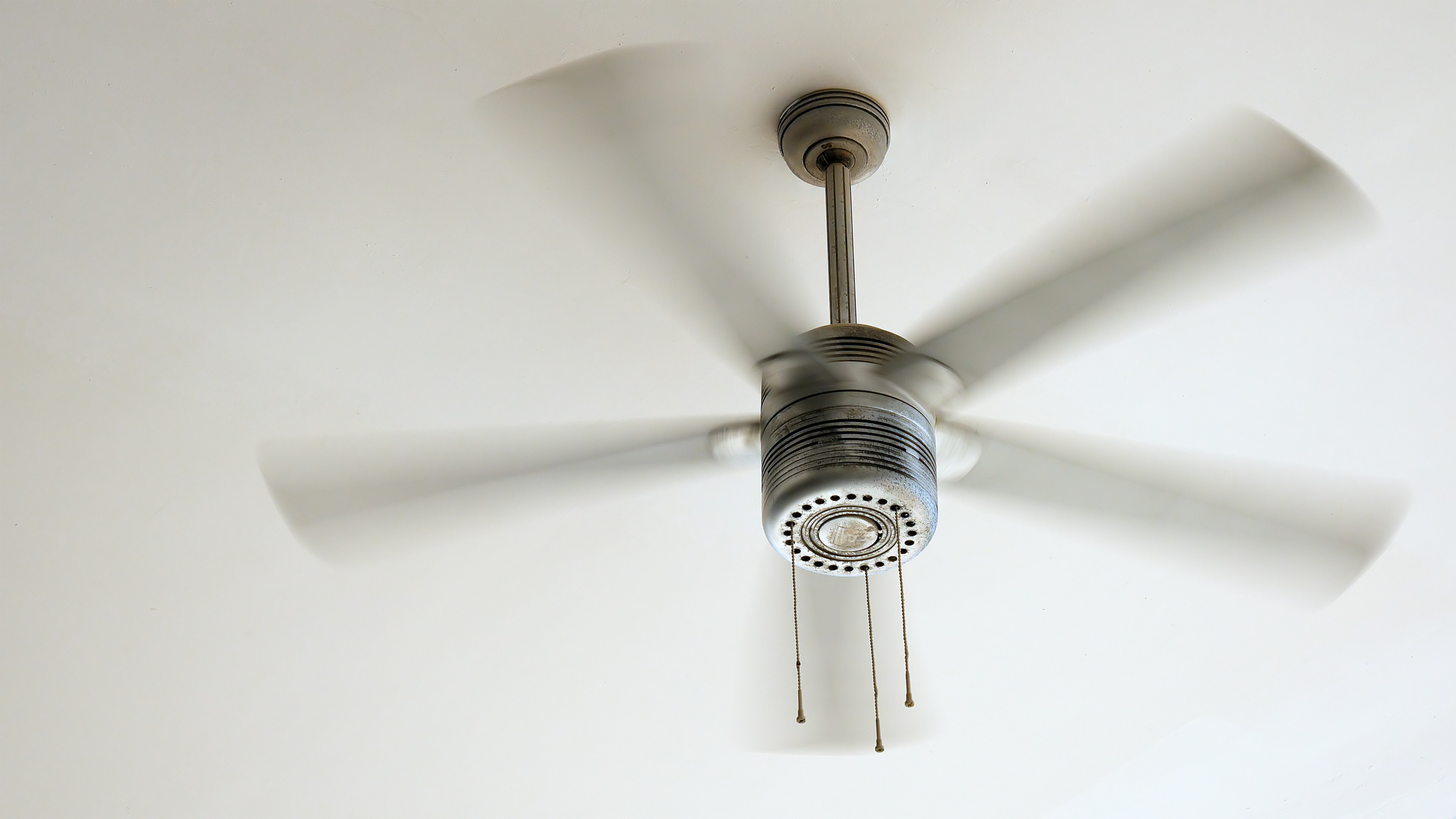
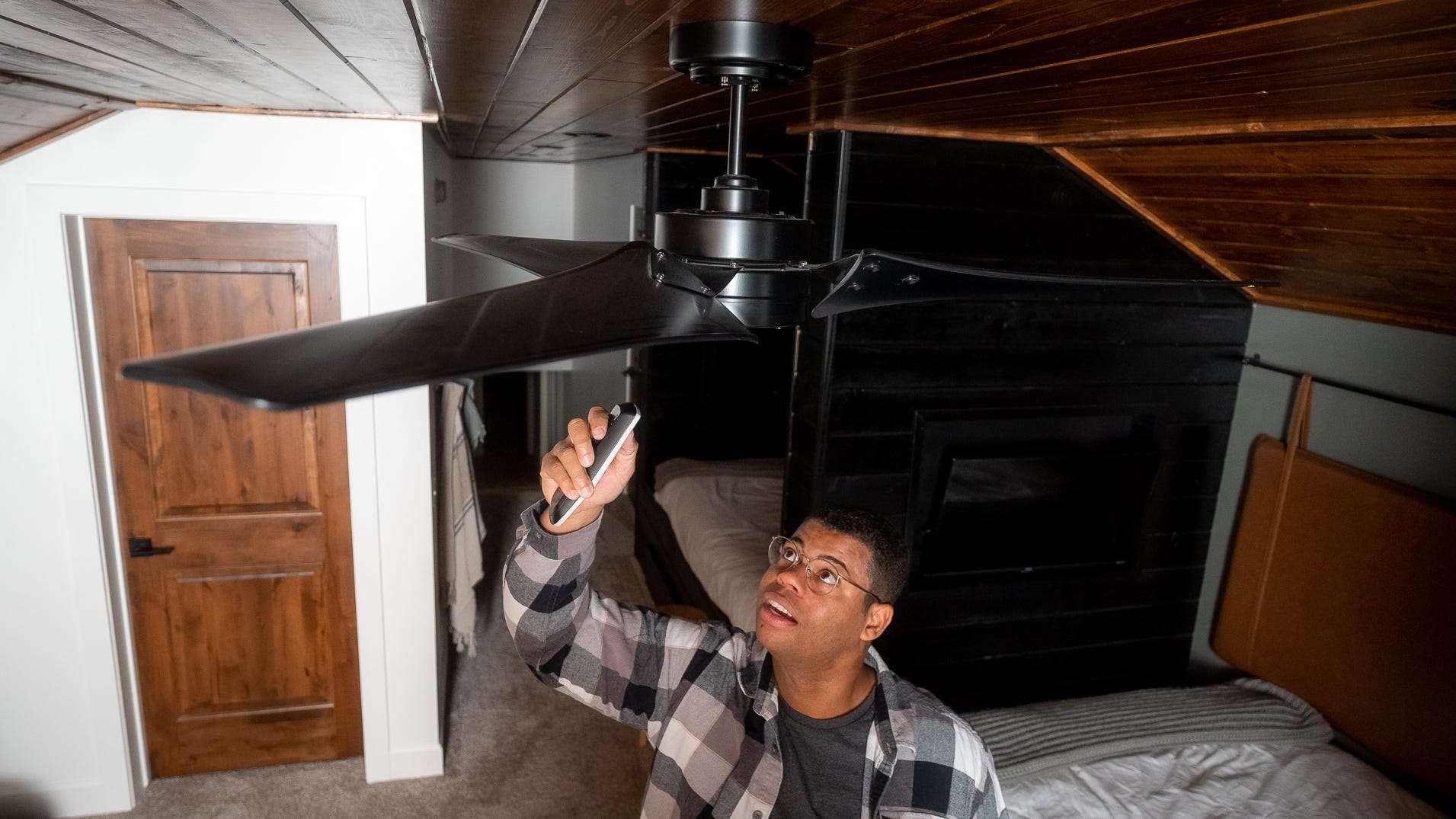
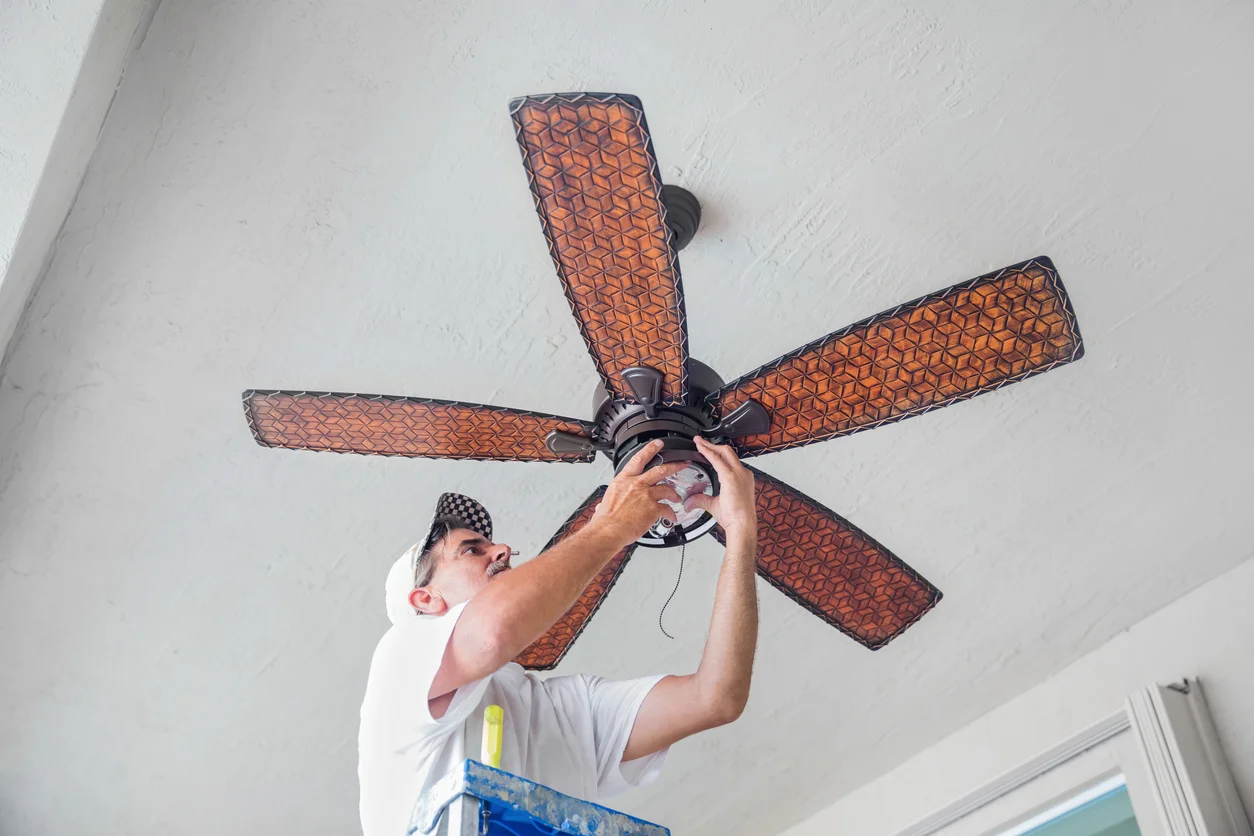
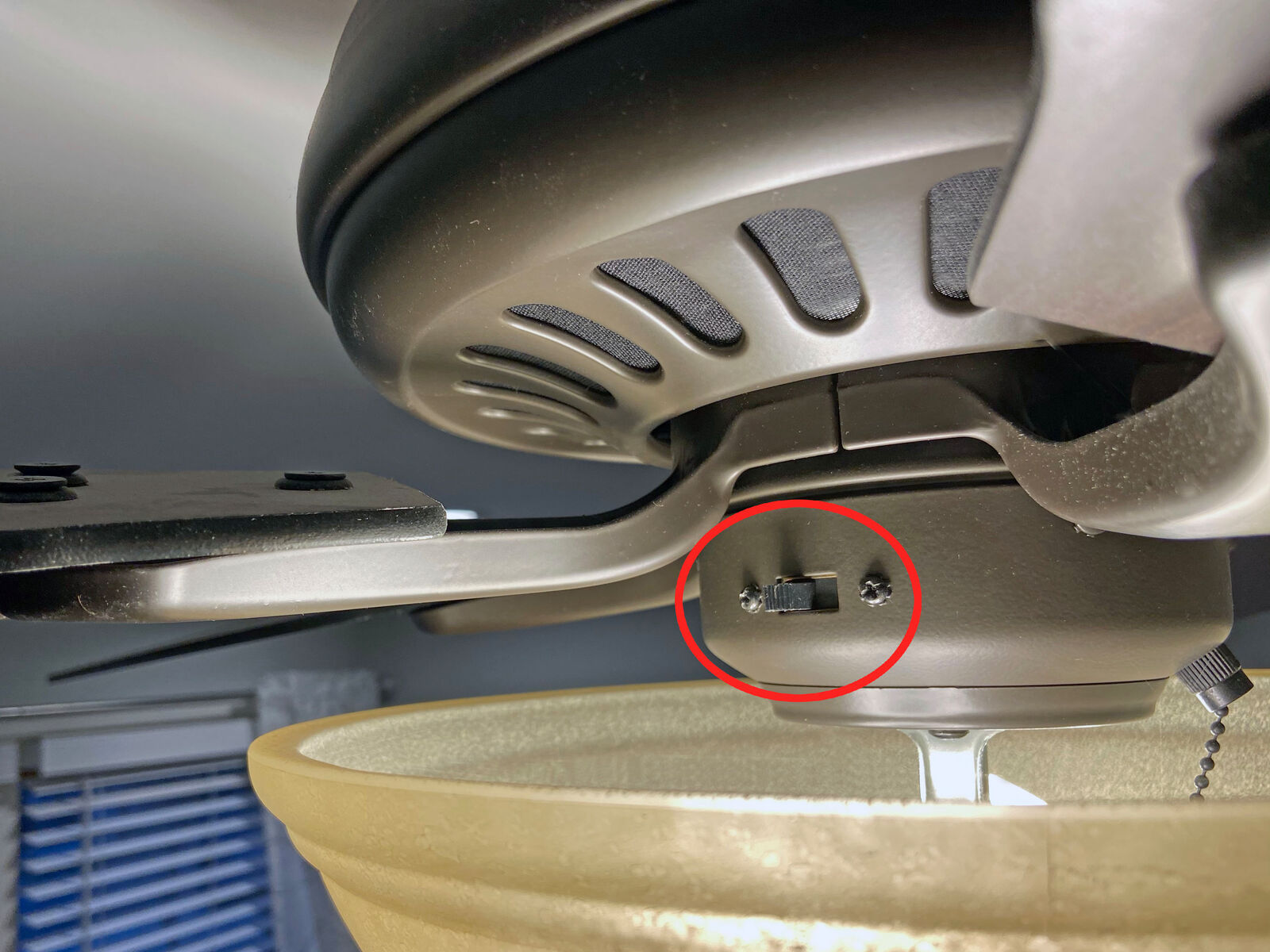
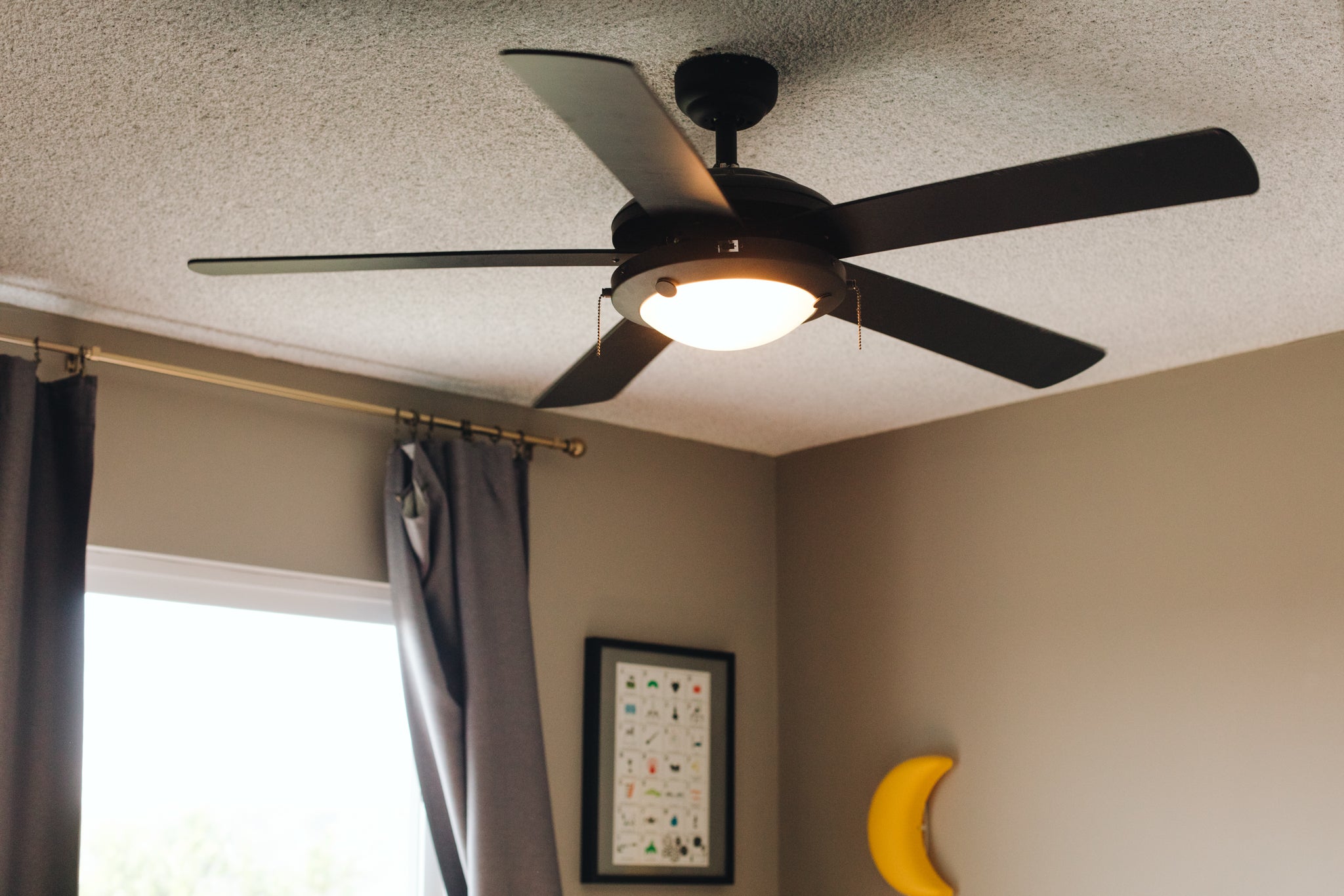
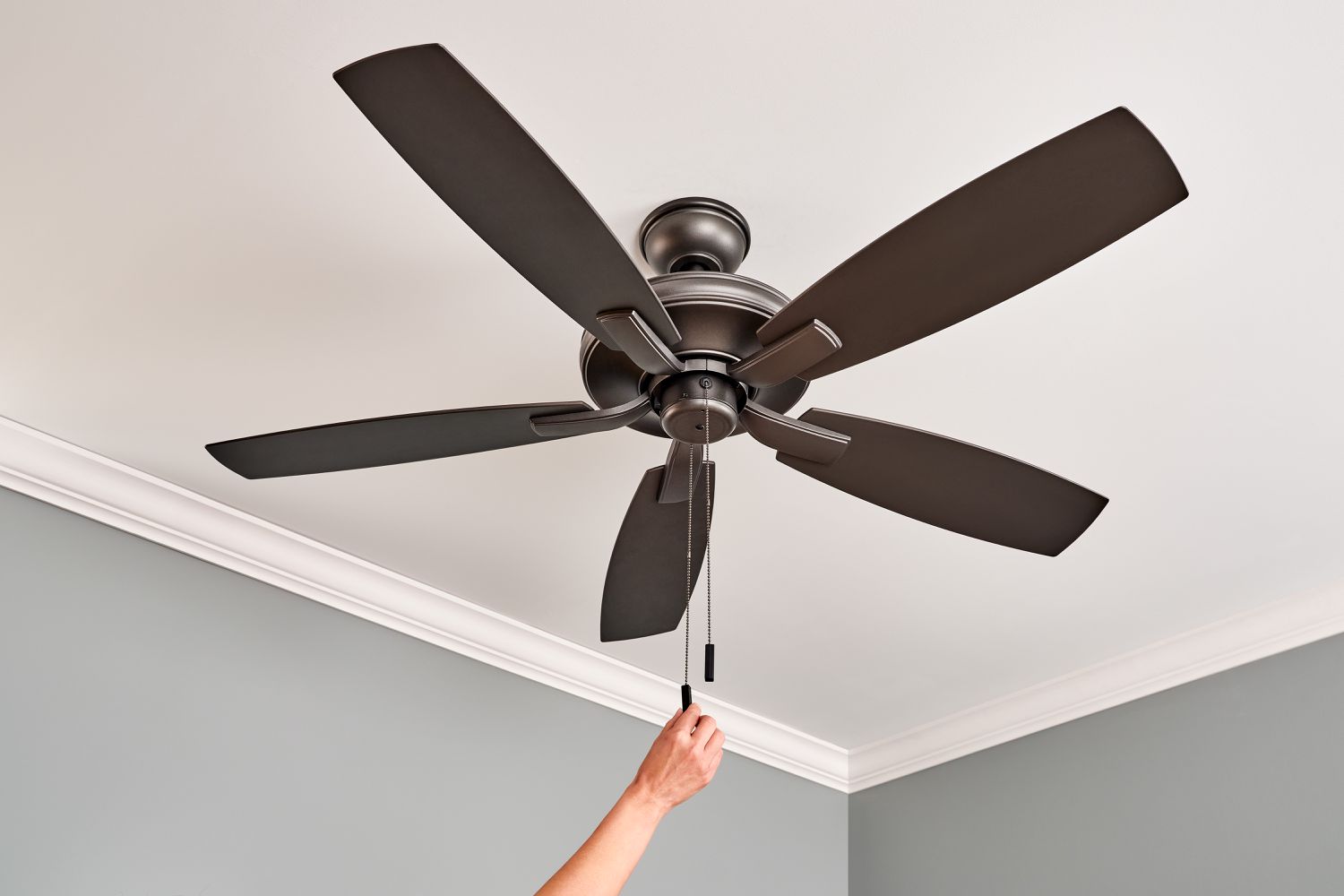
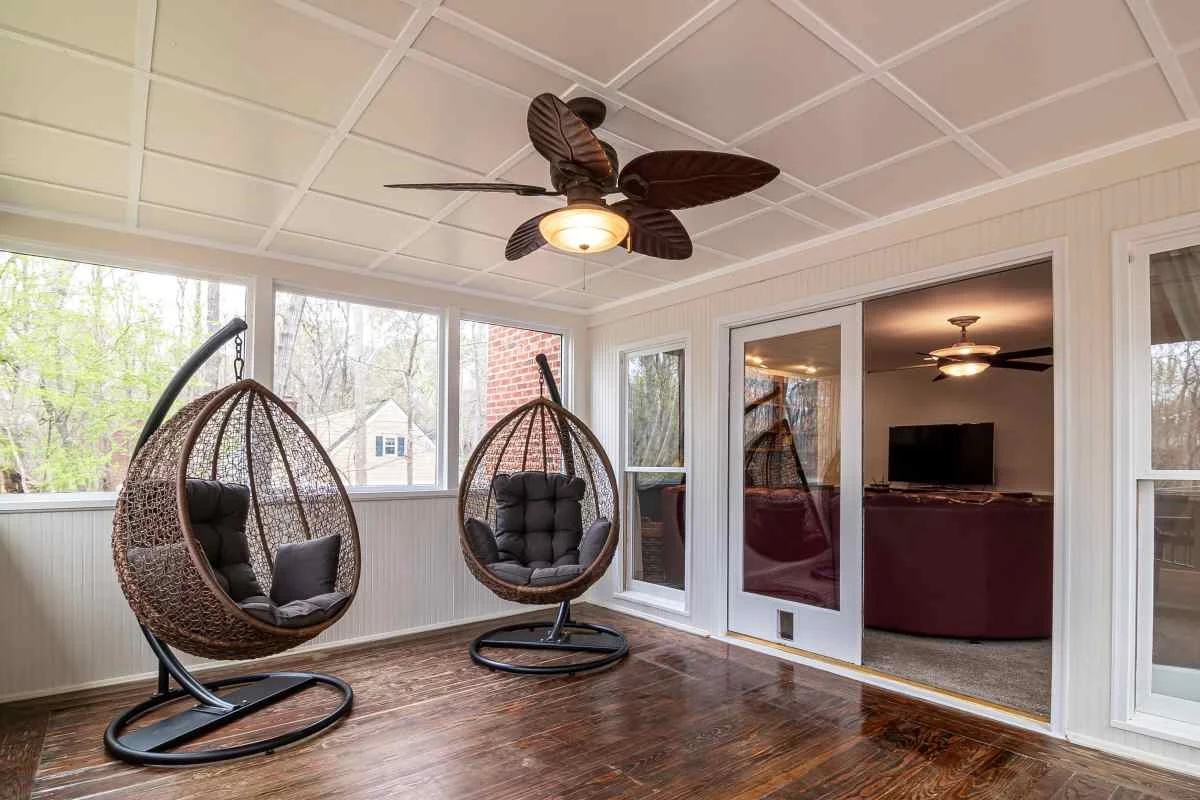
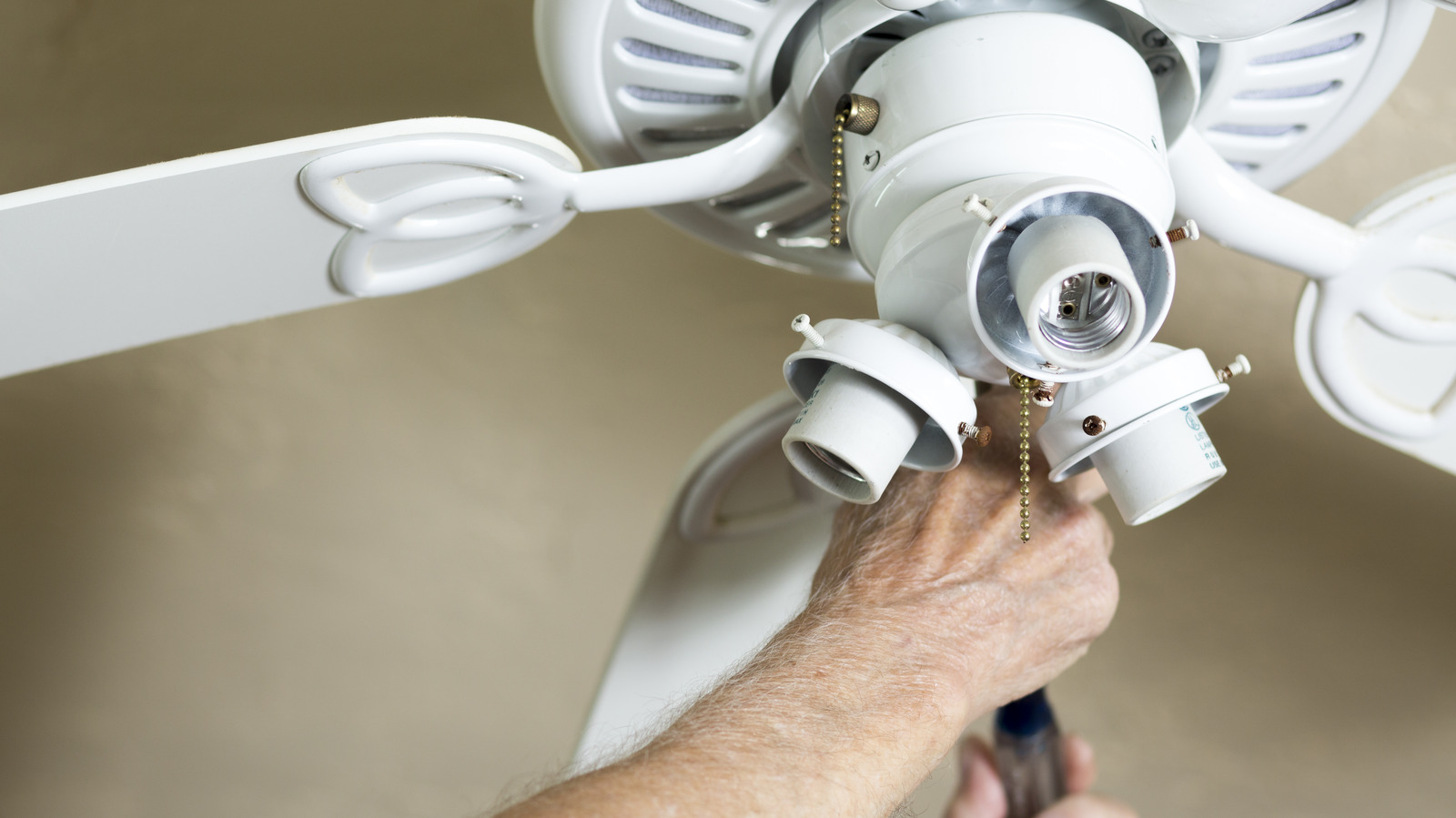
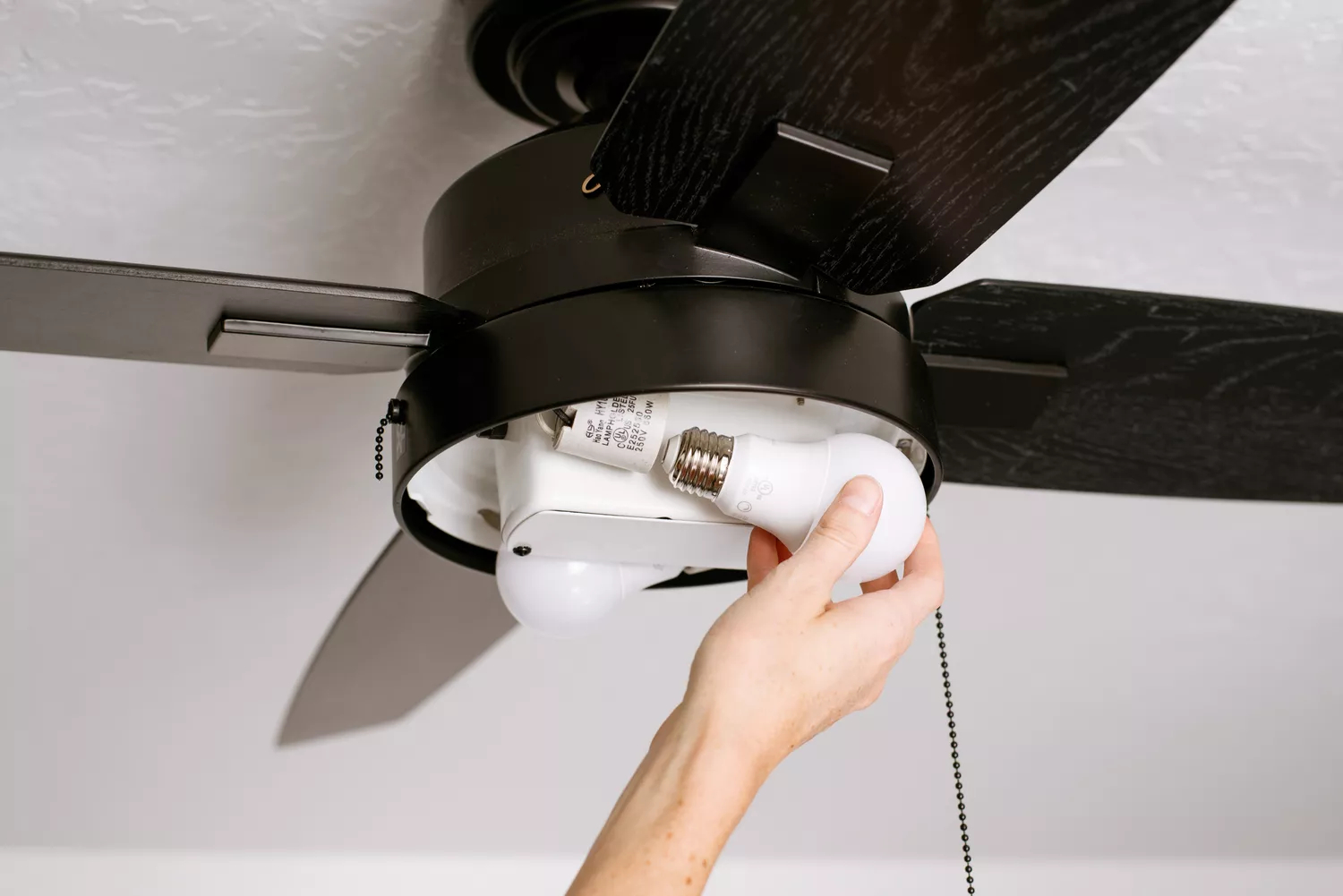
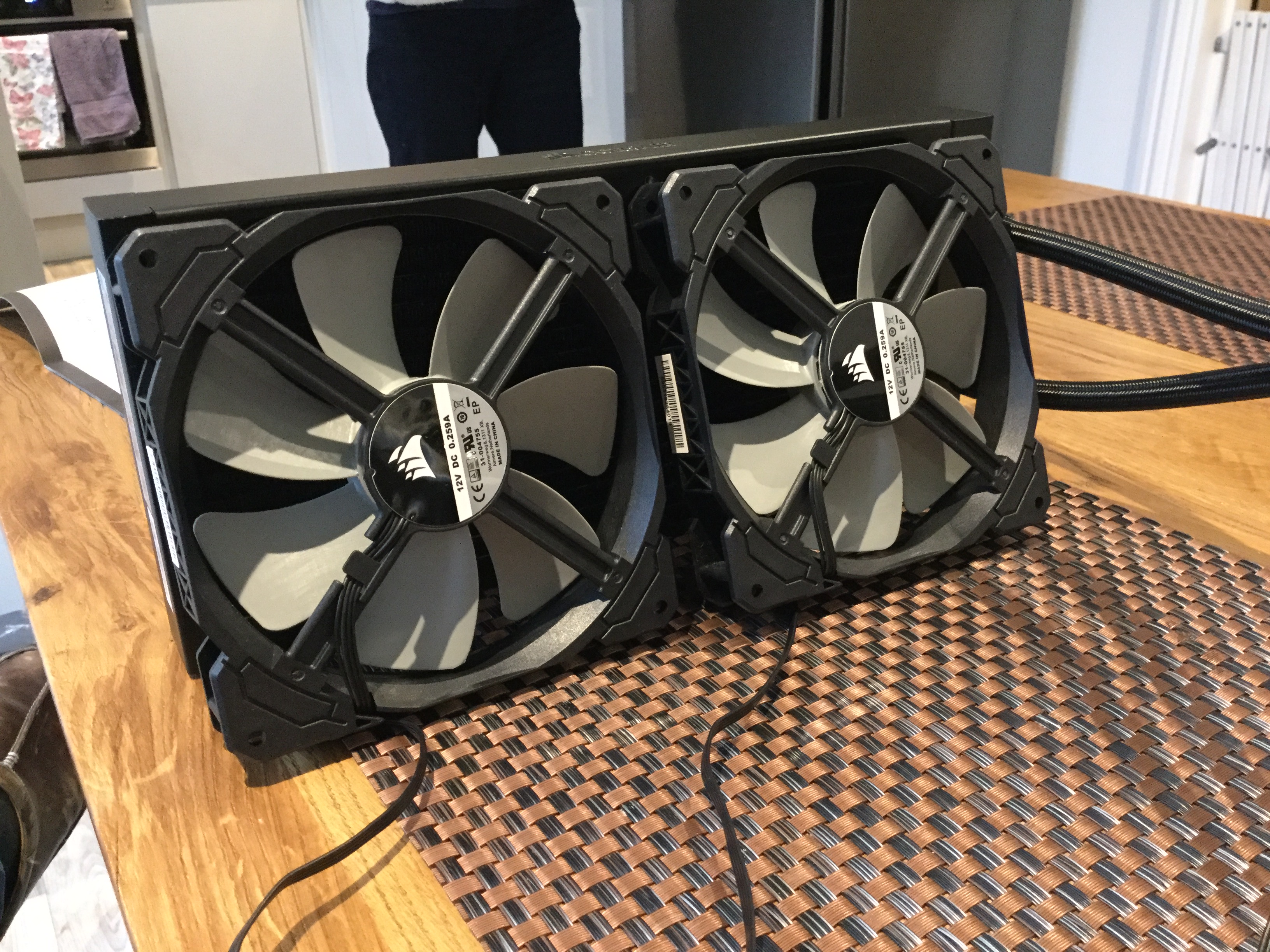

0 thoughts on “Change Your Ceiling Fan Direction For Summer For A Cooler Home”